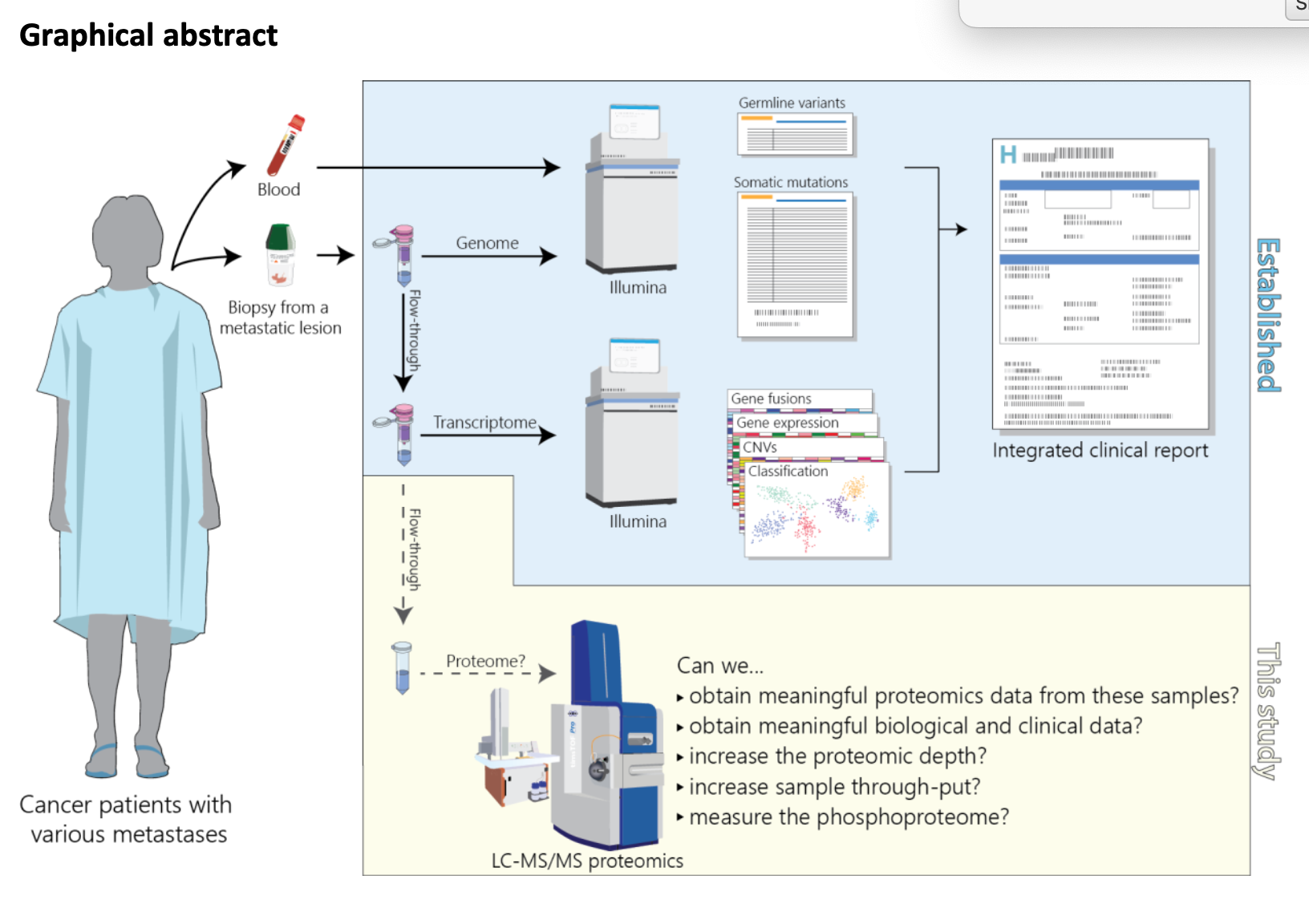The Ecker lab at the Salk Institute published a method for very high-throuphut transcription factor analysis in Nature Protocols yesterday: Mapping genome-wide transcription-factor binding sites using DAP-seq. The method is elegantly simple in its concept; PCR-free libraries from native gDNA are hybridised with affinity-tagged in vitro-expressed transcription factors, and DNA is pulled down similarly to ChIP-Seq but without the requirement for an antibody. According to the authors “A researcher with molecular biology experience should be able to follow this protocol, processing up to 400 samples per week.”

DAP-Seq figure
The ability to screen hundereds of TFs using this method opens up the possibility of screening much larger numbers of factors than previously. Coupled to thefact that a specific antibody is not required (see this post describing just one issue with antibodies for ER, the most highly chipped factor in breast cancer research) means researchers can analyse TFs that simply were un-chippable. However the method is not perfect (what method is) and the paper reports a high failure rate, due to technical issues and low protein expression. Perhaps the biggest drawbacks are that DAP-Seq is performed in a chromatin-free context, and that biologically relevant TF complexes are not assessed.
By combining analysis of PCR-free and amplified DAP-Seq libraries it is posible to investigate the impact of DNA modifications. And because the PCR-free library is the source of the PCR-amplified library comparison of the two should have low noise.
DAP-Seq opens up the possibility of screening large numbers of transcription factors systematically. The authors point to the fact that there are many 1000s of TFs and that only a very small number have been profiled. They highlght ENCODE as a project that productionised TF analysis through ChIP-Seq, but make it clear that this was not a scalable approach to 1000+ TFs. Even with the reported high failure rate, the method should still allow high-throughput screening to be performed. As another tool for transcription factor biology DAP-Seq will have to find space alongside the established methods.








Leave A Comment